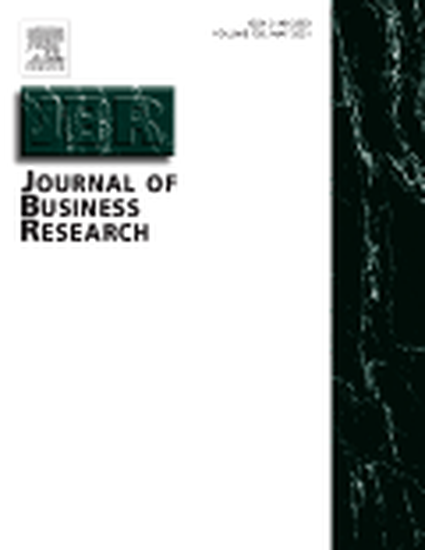
Article
Airline liberalization effects on fare: The case of the Philippines
Journal of Business Research
(2007)
Abstract
The Philippines liberalized its domestic airline industry in 1995 under Executive Order 219 (Establishing the Domestic and International Civil Aviation Liberalization Policy). This article explores the impact of liberalization on airfare using a framework that builds on previous studies but adapted to the peculiarities of the Philippine airline industry. The data consist of ten routes with varying market characteristics for the period 1981–2003, while the model consists of three equations estimated simultaneously using the generalized method of moments based on the Newey-West covariance estimator. The findings indicate that airfare per kilometer is 10% lower, on average, on route with at least two airlines after liberalization. Twenty-three routes, representing more than 90% of domestic airline passengers, have at least two airlines by 2003, indicating that most passengers benefit from lower fares due to the prevalence of discounts and promos as a result of competition.
Keywords
- Airline industry,
- Liberalization,
- Fare
Disciplines
Publication Date
February, 2007
Citation Information
Wilfred S. Manuela Jr.. "Airline liberalization effects on fare: The case of the Philippines" Journal of Business Research Vol. 60 Iss. 2 (2007) p. 161 - 167 ISSN: 0148-2963 Available at: http://works.bepress.com/wilfred_s_manuela_jr/1/
